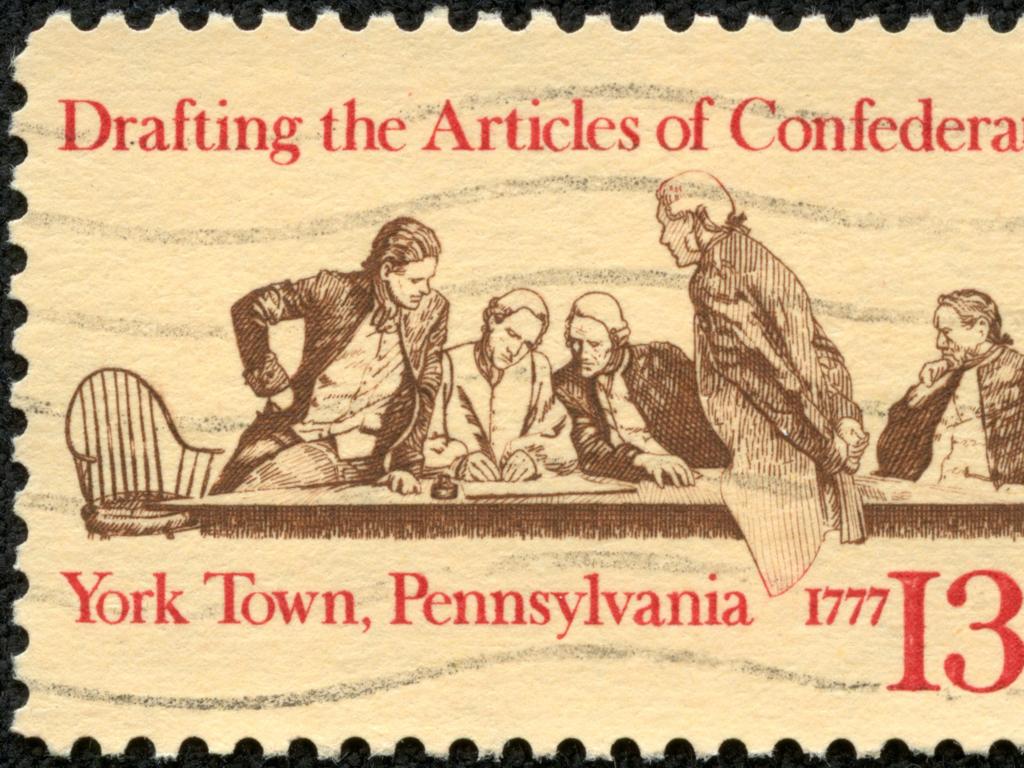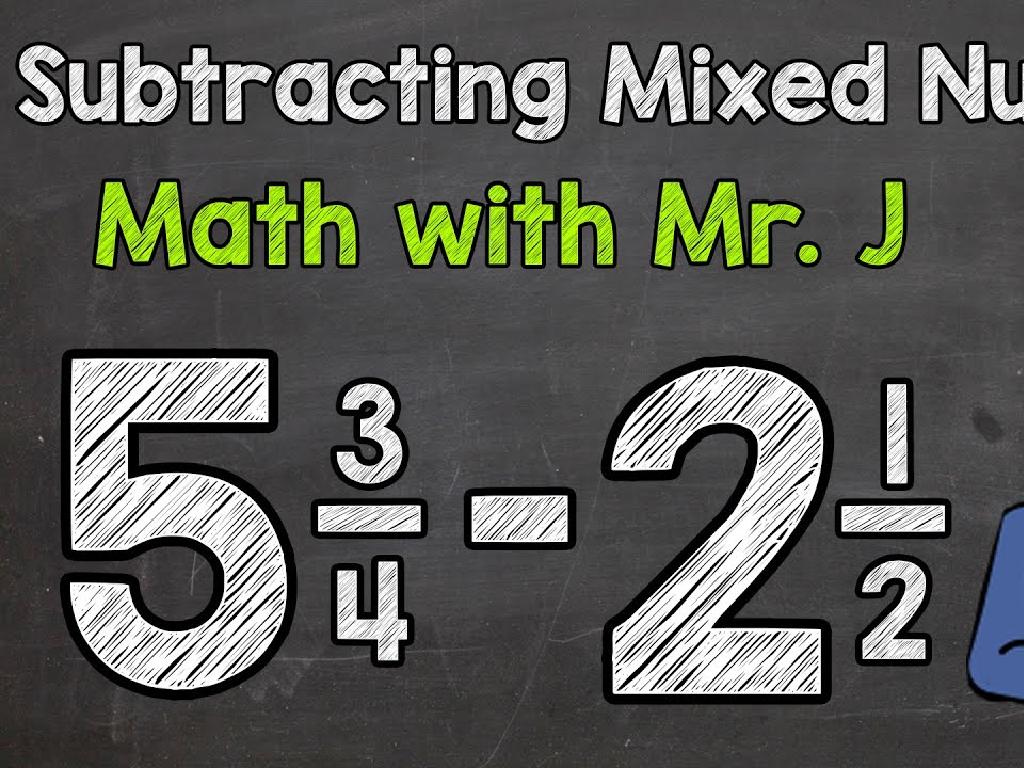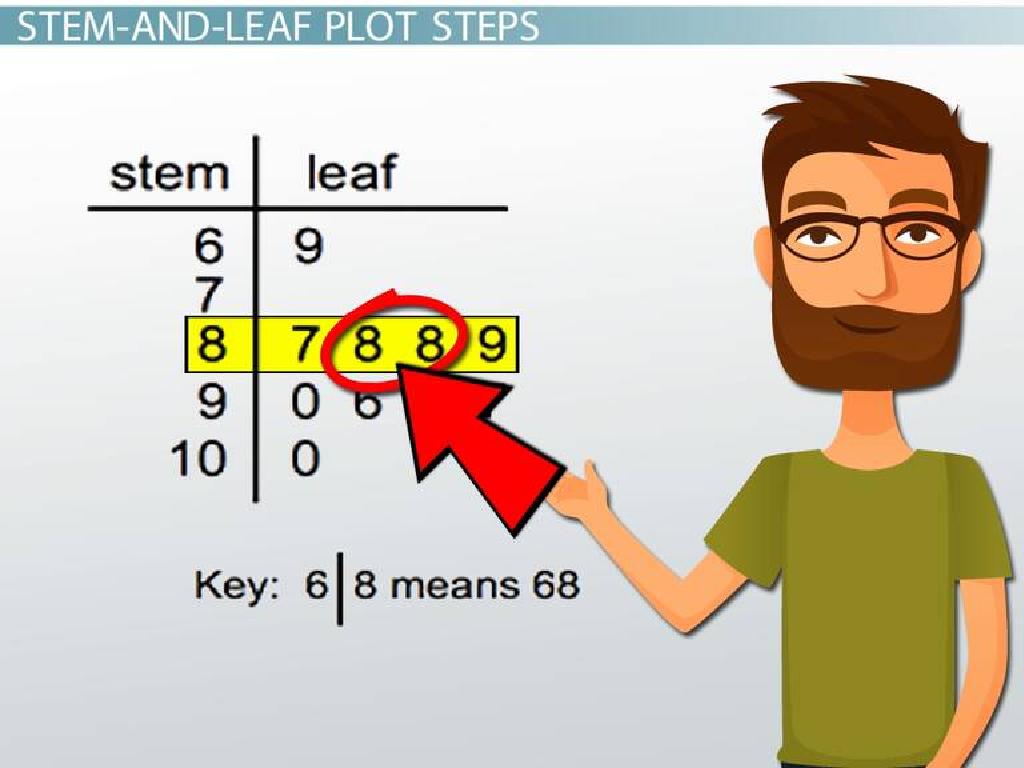State Government
Subject: Social studies
Grade: Second grade
Topic: Government
Please LOG IN to download the presentation. Access is available to registered users only.
View More Content
Welcome to State Government!
– What is government?
– It’s a group of people who make rules and laws.
– Levels of government
– Local, State, and Federal are the three parts.
– Our State Government
– State Government takes care of our state’s needs.
– Roles of each level
– Local handles our cities, State our state, and Federal the whole country.
|
This slide introduces the concept of government to second-grade students, focusing on the different levels, including local, state, and federal. Begin by explaining what a government is and its role in making laws and rules that help people live together peacefully. Highlight the three levels of government and explain that each has different responsibilities. For the state government, discuss how it takes care of things like our schools and roads within the state. Encourage students to think of questions they have about the state government and what it does for them. This will set the foundation for further discussions on how each level of government impacts their daily lives.
What Does the State Government Do?
– Provides schools and libraries
– Like your school and the local library where you can read and learn!
– Maintains roads and parks
– They fix potholes and keep the playgrounds clean for you to enjoy!
– Keeps us safe with police
– Police officers help protect us from danger and make sure everyone follows the laws.
– Manages fire departments
– Firefighters are always ready to put out fires and help people in emergencies.
|
This slide aims to help second-grade students understand the various services that the state government provides to its citizens. Emphasize that the state government is responsible for creating and maintaining public services that they use every day, such as their school, the local library, the roads they travel on, and the parks they play in. Discuss the role of police in keeping communities safe and how firefighters are always prepared to respond to emergencies. Use examples that are relatable to their daily lives to make the concepts more tangible, such as the school bus they ride being able to travel on smooth roads, or the fire drills they practice at school.
Who is in the State Government?
– Governor: Our State Leader
– Like the President, but for our state!
– State Legislators: Law Makers
– They vote on new laws for us.
– Judges: Law Fairness Deciders
– They make sure laws are applied correctly.
|
This slide introduces the students to the key figures in the state government and their roles. The governor is compared to the President but on a state level, which helps students understand the concept of leadership within the state. State senators and representatives are introduced as the individuals who create and vote on state laws, similar to how students might make rules for a game. Judges are explained as the people who ensure laws are followed and are fair, akin to referees in a sport. This analogy helps students relate the roles to familiar situations. Encourage students to think of questions about each role for the next class.
How Laws are Made in Our State
– Ideas for new laws start somewhere
– Senators and Representatives talk it over
– They debate to see if the idea helps everyone
– They vote if they think it’s a good idea
– A ‘yes’ vote from most means it could become a law
– The Governor signs the law
– If the Governor agrees, it becomes official
|
This slide is aimed at helping second-grade students understand the basic process of how laws are created in their state. Begin by explaining that laws often start as ideas from people just like them. Then, these ideas are discussed by senators and representatives, who are people chosen to represent us in the government. If these leaders agree that the idea is good and will help people, they all vote on it. If enough of them vote ‘yes,’ the idea moves on to the Governor, who is like the leader of our state. If the Governor agrees and signs it, the idea becomes a law that everyone must follow. Use simple examples to illustrate this process, such as how a rule is made in the classroom, and encourage students to think of ideas they believe could become laws.
Exploring Our State Capitol
– The heart of state government
– It’s where decisions for our state are made.
– Senators and Representatives
– They work together to make laws for our state.
– Meetings at the Capitol
– This is where discussions and voting happen.
– Visiting the Capitol building
– You can take a tour and see where laws are made!
|
This slide introduces students to the concept of the state capitol as the central location where the state’s legislative body, consisting of senators and representatives, meets to discuss and pass laws. It’s important to convey that the capitol building is not just a place for lawmakers, but a place where history is made and where citizens can visit to learn more about how their government works. Encourage students to think about what it would be like to visit the capitol, what they might see, and who they might meet. Discuss the importance of being involved and aware of how government functions at the state level.
Be a Part of the State Government
– Voting for our leaders
– Choosing who makes decisions for us
– Talking to representatives
– Sharing your thoughts on what you want to change
– Helping in our community
– Volunteering and keeping our community clean
– Being an active citizen
|
This slide aims to teach second-grade students about civic engagement and their role in the state government. Start by explaining the importance of voting and how it allows us to choose the leaders who make laws and decisions. Emphasize that even though they are young and cannot vote yet, their voice still matters. Discuss how they can communicate with local representatives to share their ideas and concerns. Highlight ways students can contribute to their community, such as participating in local clean-ups or food drives. Encourage them to be active citizens now and in the future, fostering a sense of responsibility and community involvement.
Class Activity: Create Your Own State Law
– Think of a helpful community law
– Discuss ideas in groups
– Draw your law at work
A drawing can show how your law helps people.
– Present your law to the class
|
This activity is designed to engage students with the concept of state government by allowing them to create their own state law. Start by explaining what a law is and its importance in our community. Encourage students to brainstorm ideas that could make their community a better place. Have them discuss their ideas in small groups to foster collaboration. Then, each student will draw a picture representing their law in action, which helps them visualize the impact of laws. Finally, students will present their law to the class, practicing public speaking and reinforcing their understanding of the legislative process. Possible activity variations could include creating a class law together, voting on the best law, or even writing a letter to a local representative about their ideas.





